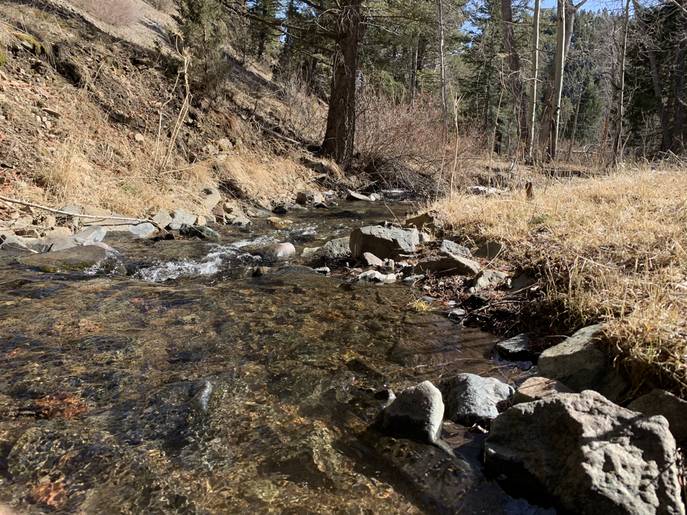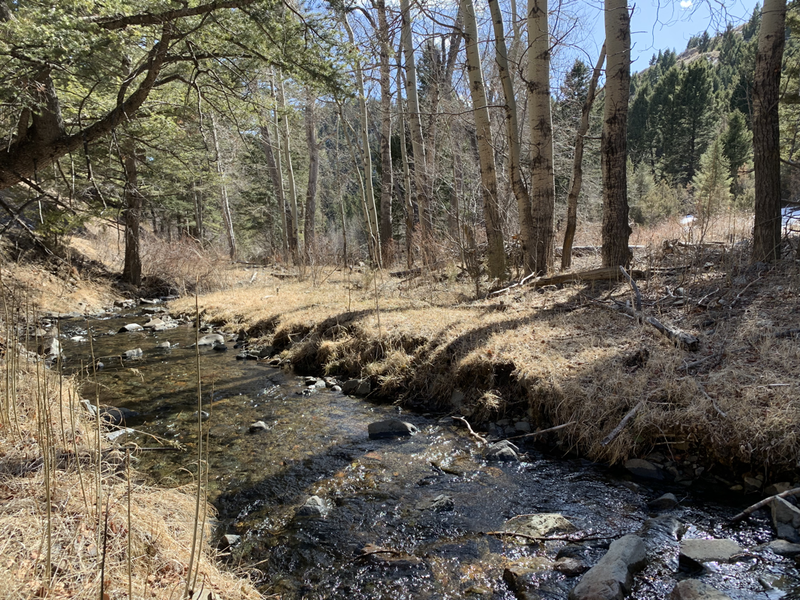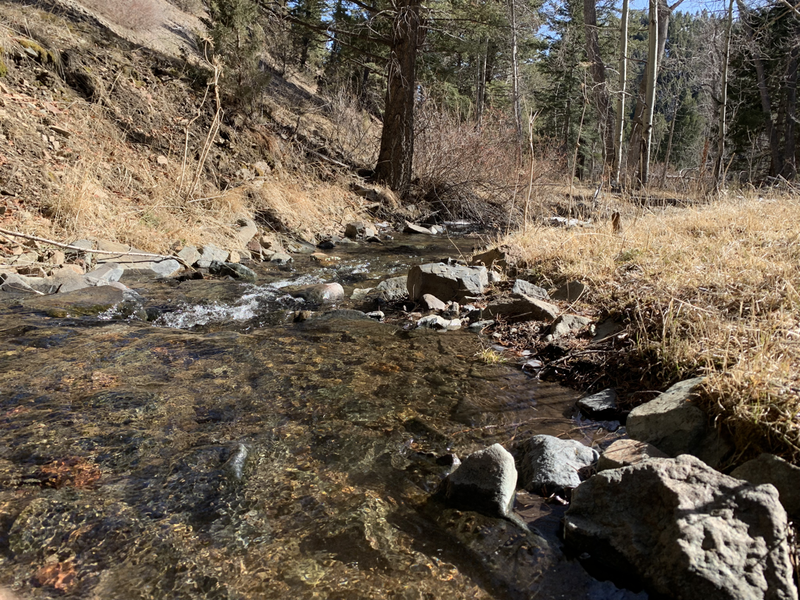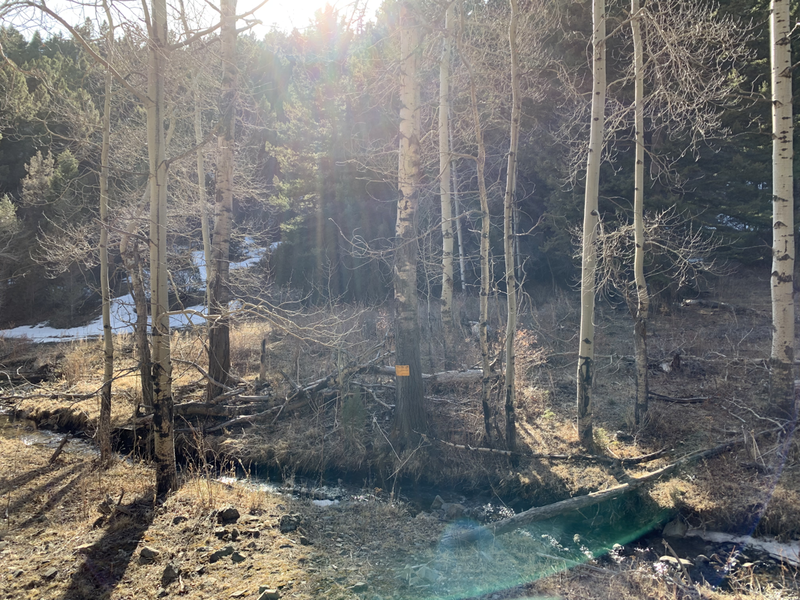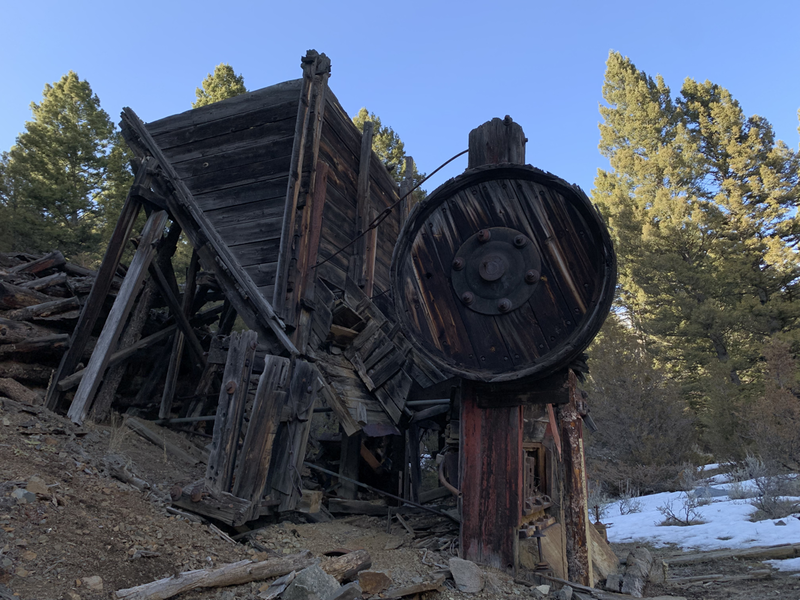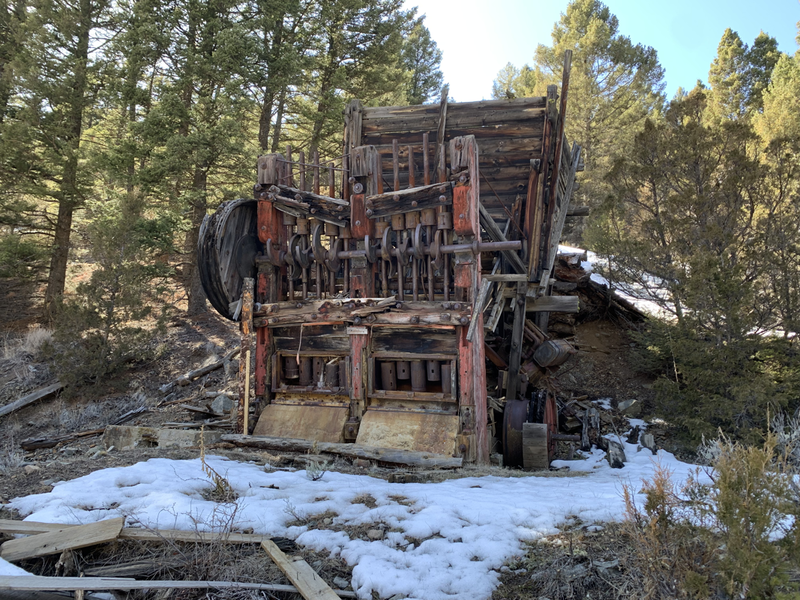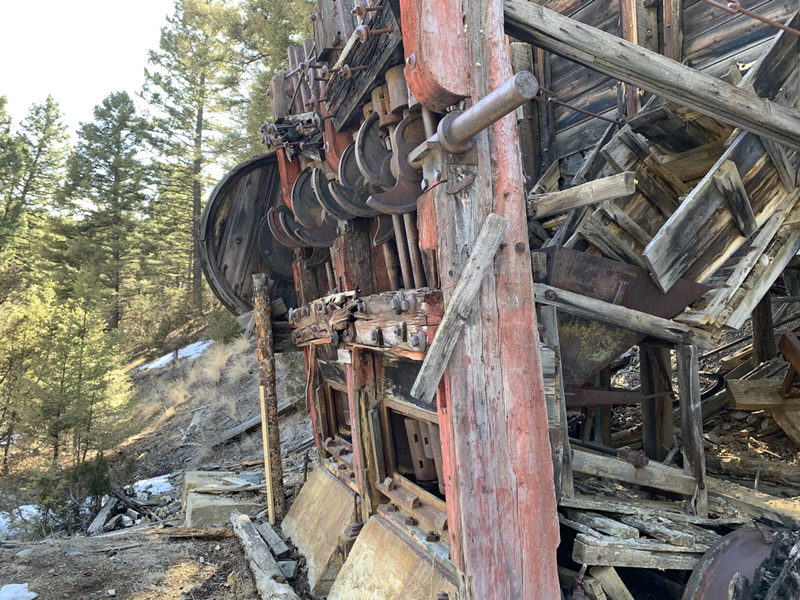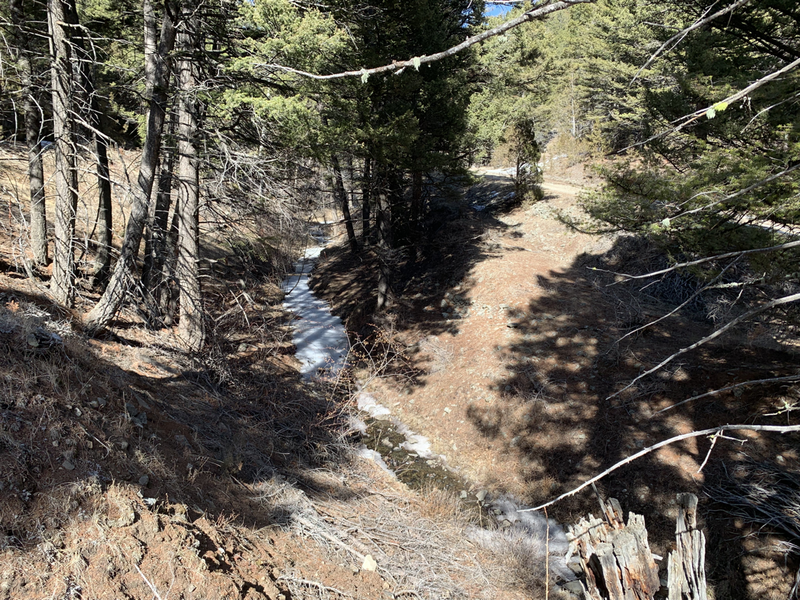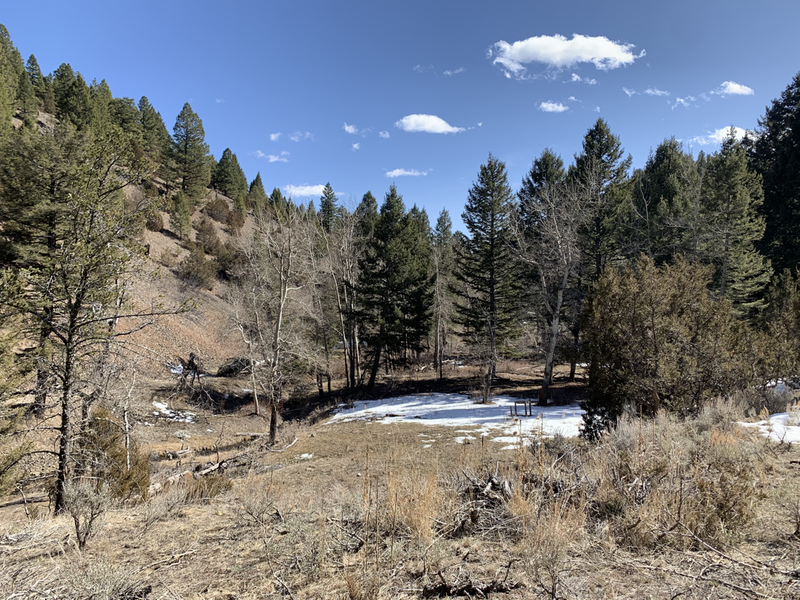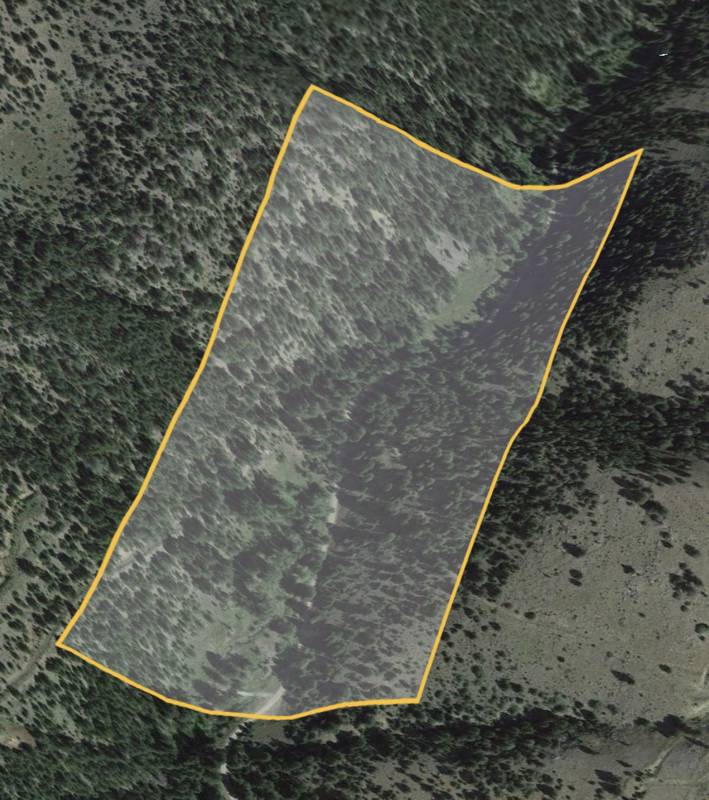The Indian Creek Mine
(Placer)
(23.88 acres)
Broadwater County, Montana
$35,000
SALE PENDING
(Placer)
(23.88 acres)
Broadwater County, Montana
$35,000
SALE PENDING
Commodities: Gold, Gemstone(Sapphire)
• Claim designation: Lode/Placer/un-patented
• Location: Broadwater County, Montana
Financing is available with $2100.00 down and monthly payments of $215.00
Direct quit claim deed purchase options available
• Claim designation: Lode/Placer/un-patented
• Location: Broadwater County, Montana
Financing is available with $2100.00 down and monthly payments of $215.00
Direct quit claim deed purchase options available
The Indian Creek placer is a documented mineral property in the Hassle/ Park mining district of central Montana.
It features over twelve hundred feet of creek access, Gold and Sapphire deposits in the gravel bars, remnants of a past operation from the 1950s, and a secluded location.
As early as 1866 placer gold was discovered in the district.
Later, simple quartz mining with shallow tunnels and open pits was utilized to retrieve the precious lode gold.
A camp was officially formed around 1875 with about forty miners working in the area.
By 1880, placer mining was replaced with stamp mills and some hydro sluicing operations. Mines in operation included the Bunker Hill, Ajax Mine, Big Hill, Lone Star, Diamond Hill, which was considered the Mother Lode in the area, and several other smaller operations.
When a post office was established in August 1895, the camp was renamed Hassel with respect for pioneer miner, Joseph E. Hassel. At that time, the camp was called home to about two hundred people and boasted several businesses, a Masonic Lodge, and several frame homes in addition to the numerous log miner’s cabins. At various times, the camp was also known as Knoxville, Placerville, and Florence City.
Creek water is annual with moderate flow rates, suitable for high-banker or dredging operations, as well as casual gold panning.
The depth of the creek is between 6" and -1.5 feet, and the width of the creek is between 3.5-to-5 feet.
The Northern portion of the claim is heavily wooded with the potential for undiscovered deposits.
- Placer workings consist of substantially sized gravel bends on the creek level.
- Secondary workings are available in the open-cut mine that is developed into the upper-level bench deposits.
- Gold values are estimated at between 0.5 -and -1.3 grams per yard.
A standing ten-stamp mill is located on the mining claim, as the former owner from the 1950s would also process hard rock ore from the nearby Diamond Hill Mine at a toll fee.
The site is suited for a high-banking operation for maximum Gold recovery.
Accessible during the warmer months with any higher clearance vehicle.
Large parking and staging areas are available for multiple vehicles and campers.
This one-of-a-kind mine is available to the beginning enthusiast and ready for an established mining company.
